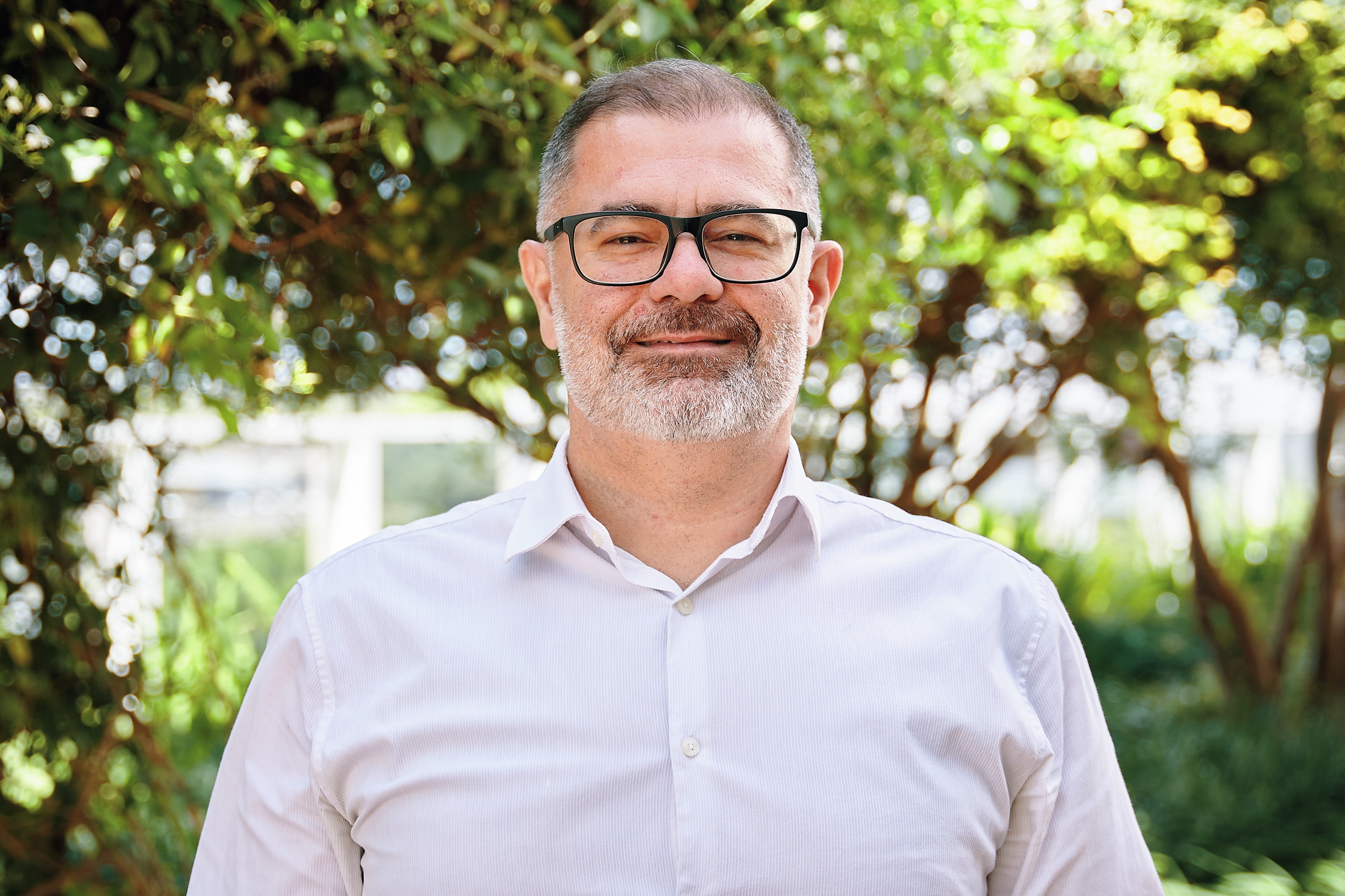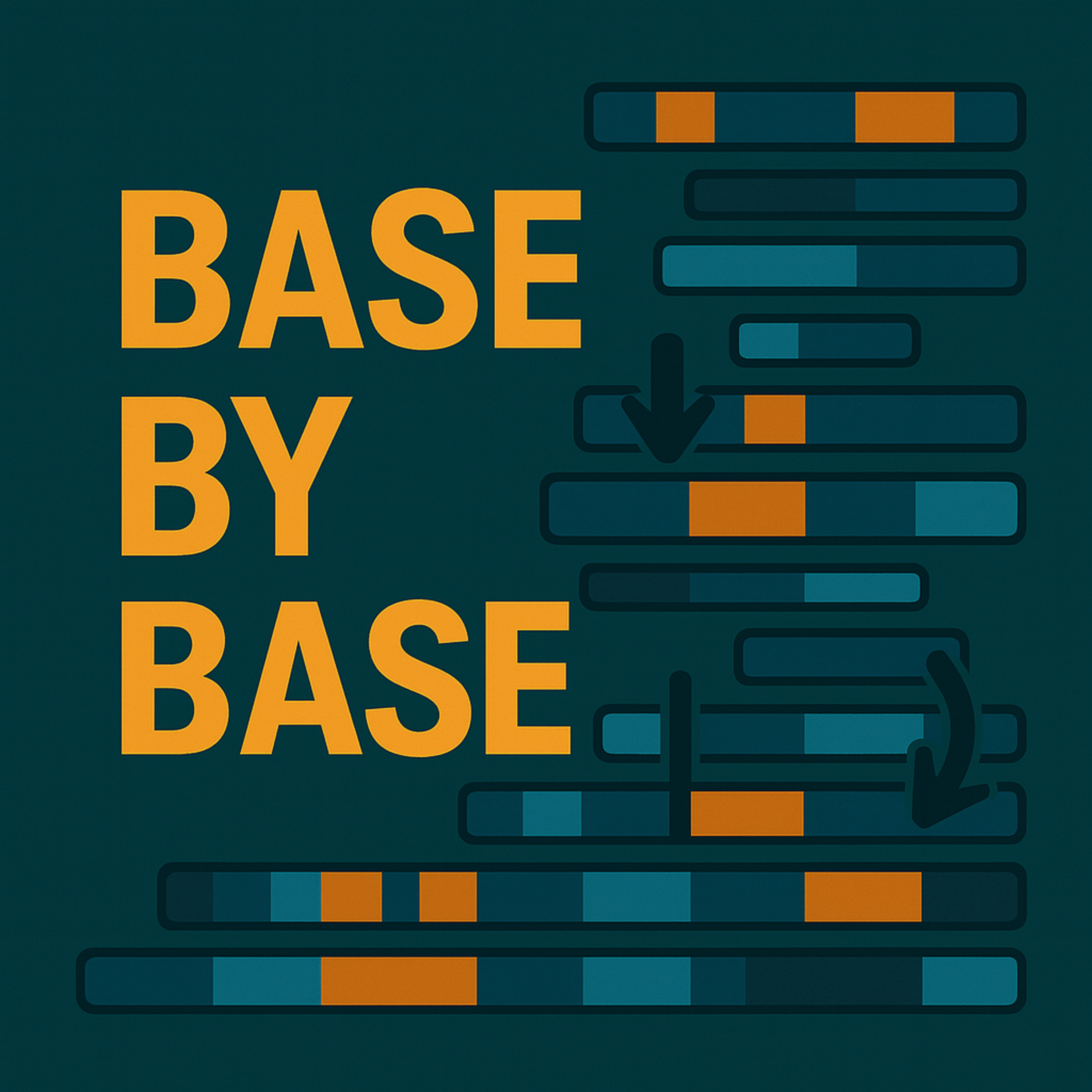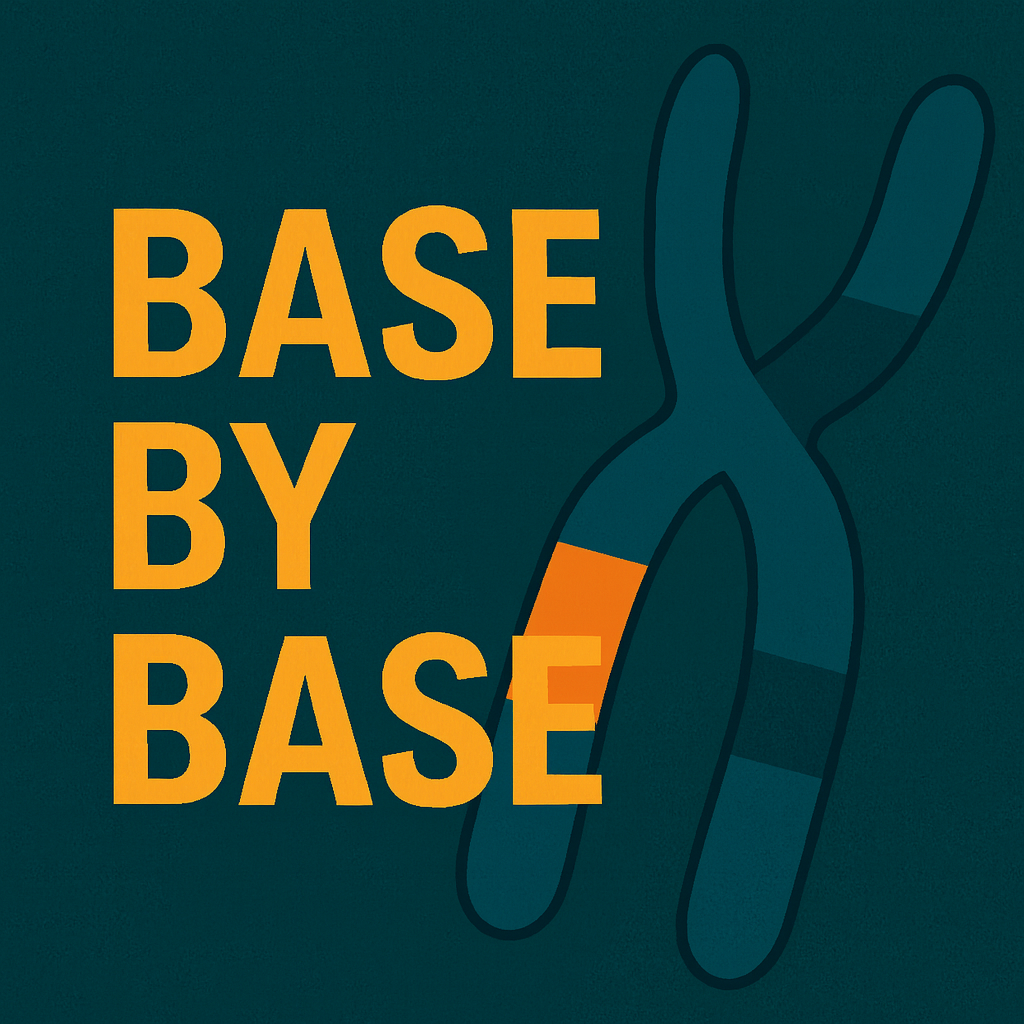Show Notes
️ Episode 8: Mapping Structural Variation: A Global Reference for Clinical and Population Genomics
In this episode of Base by Base, we explore a landmark study published in Nature that presents the first high-resolution, sequence-resolved map of structural variants (SVs) across human populations. Built from 14,891 genomes analyzed through the Genome Aggregation Database (gnomAD), this study delivers a transformative resource for medical genetics, population studies, and clinical diagnostics.
Led by Collins and colleagues, the project characterizes the landscape, frequency, and functional impact of over 430,000 structural variants, spanning deletions, duplications, inversions, insertions, and complex rearrangements across diverse ancestries.
Key insights include:
433,371 structural variants identified, with 54% of the samples being non-European, creating an unprecedented diversity reference.
SVs account for 25–29% of rare protein-truncating events in the human genome, underscoring their major role in genetic variation and disease.
Strong natural selection signatures observed against damaging SVs, paralleling known patterns from single nucleotide variants (SNVs).
Noncoding SVs in regulatory elements exhibit modest selection, revealing new insights into genome function beyond protein-coding genes.
Rare, large SVs (>1 Mb) detected in ~3.9% of individuals, with 0.13% carrying clinically reportable findings according to ACMG criteria.
Public access via gnomAD-SV, enabling widespread application for variant filtering, disease-association studies, and clinical screening.
This episode highlights how comprehensive SV mapping reshapes our understanding of human genetics, opening new opportunities for precision medicine and evolutionary biology.
Reference:
Collins, R.L., Brand, H., Karczewski, K.J., et al. (2020). A structural variation reference for medical and population genetics. Nature, 581, 444–451. https://doi.org/10.1038/s41586-020-2287-8
License: This content is distributed under the Creative Commons Attribution 4.0 International License (CC BY 4.0). For more information, visit https://creativecommons.org/licenses/by/4.0/




